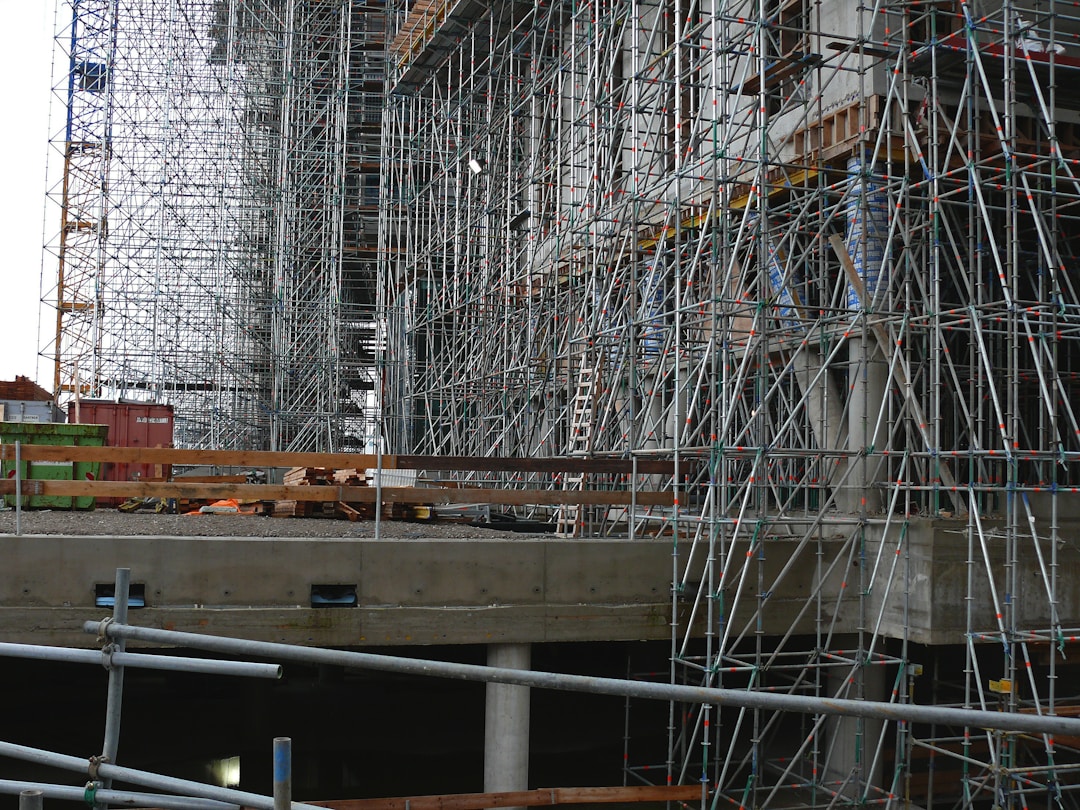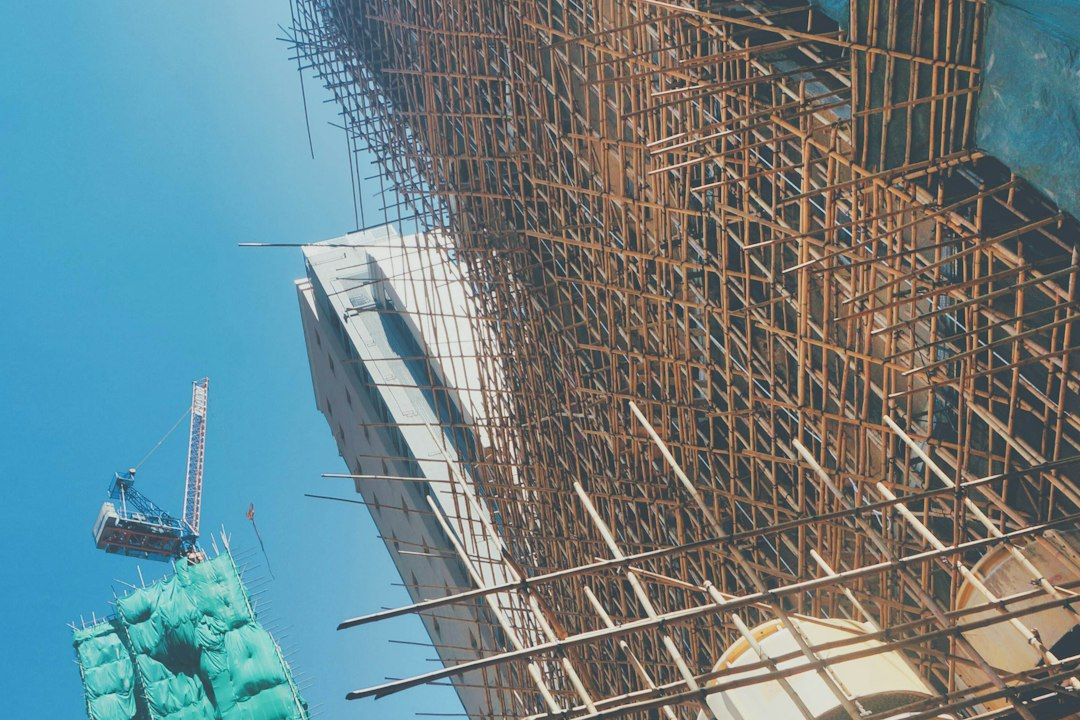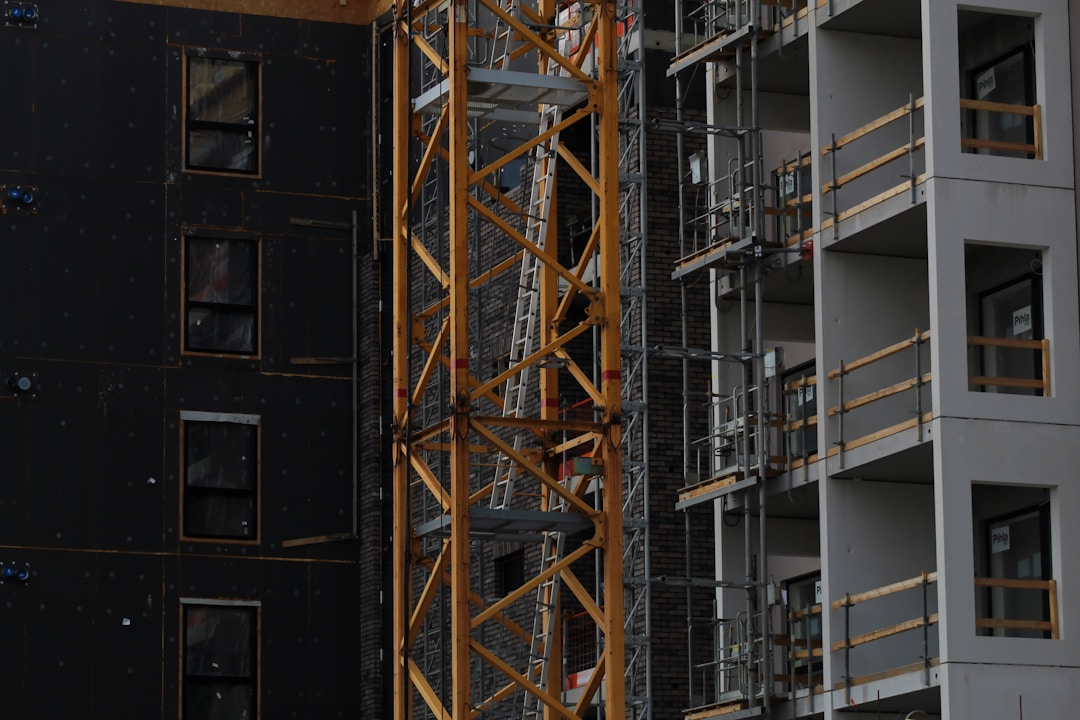We are a professional scaffolding manufacturer for customers
The difference between standard and heavy-duty buckle type scaffolding
Mar 15,2024

When it comes to construction projects, safety and efficiency are paramount. Scaffolding is a crucial element in ensuring that workers can access elevated areas safely and effectively. Two common types of scaffolding are standard and heavy-duty buckle type scaffolding. While they serve the same basic purpose, there are significant differences between the two that can impact their suitability for different applications.
Standard scaffolding is the most commonly used type of scaffolding in construction. It consists of a series of metal tubes, called standards, that are connected by horizontal and diagonal braces. The standards are typically made of steel or aluminum and are available in various lengths to accommodate different heights. The horizontal braces, also known as ledgers, run parallel to the building, providing support and stability. Diagonal braces, on the other hand, run diagonally between the standards to prevent swaying and ensure the scaffold remains rigid.
One of the key features of standard scaffolding is its versatility. It can be easily adjusted to different heights and configurations, making it suitable for a wide range of applications. Standard scaffolding is also relatively lightweight and portable, making it easy to transport and set up on-site. However, its lightweight construction also means that standard scaffolding may not be suitable for heavy-duty applications or projects that require a higher weight capacity.
Heavy-duty buckle type scaffolding, on the other hand, is designed for more demanding applications that require a higher weight capacity and greater stability. This type of scaffolding features thicker tubes and heavier-duty connectors, known as buckles, which provide increased strength and durability. Heavy-duty buckle type scaffolding is often used in industrial settings, such as oil refineries and power plants, where safety and stability are of utmost importance.
One of the main advantages of heavy-duty buckle type scaffolding is its high weight capacity. It can support heavier loads than standard scaffolding, making it suitable for projects that require the use of heavy equipment or materials. Heavy-duty buckle type scaffolding is also more stable than standard scaffolding, thanks to its thicker tubes and stronger connectors. This added stability reduces the risk of accidents and injuries, making it a safer choice for high-risk environments.
Despite their differences, both standard and heavy-duty buckle type scaffolding have their own unique advantages and disadvantages. Standard scaffolding is versatile, lightweight, and easy to set up, making it ideal for a wide range of applications. However, it may not be suitable for heavy-duty projects that require a higher weight capacity. Heavy-duty buckle type scaffolding, on the other hand, is designed for demanding applications that require increased strength and stability. While it may be more expensive and less portable than standard scaffolding, it is a safer and more reliable option for projects that require a higher weight capacity.
In conclusion, the choice between standard and heavy-duty buckle type scaffolding will depend on the specific requirements of the project at hand. Both types of scaffolding have their own unique strengths and weaknesses, and it is important to carefully consider these factors when selecting the most appropriate option. By understanding the differences between standard and heavy-duty buckle type scaffolding, construction professionals can make informed decisions that prioritize safety and efficiency on the job site.
Hot Tags:
Contact Us
E-mail:
admin@yhscaffolding.com
Phone/WhatsApp:
+86-13400172444
Address:
West of Yanggezhuang Village, Majiawu Town, Renqiu City, Cangzhou City, Hebei Province, China








